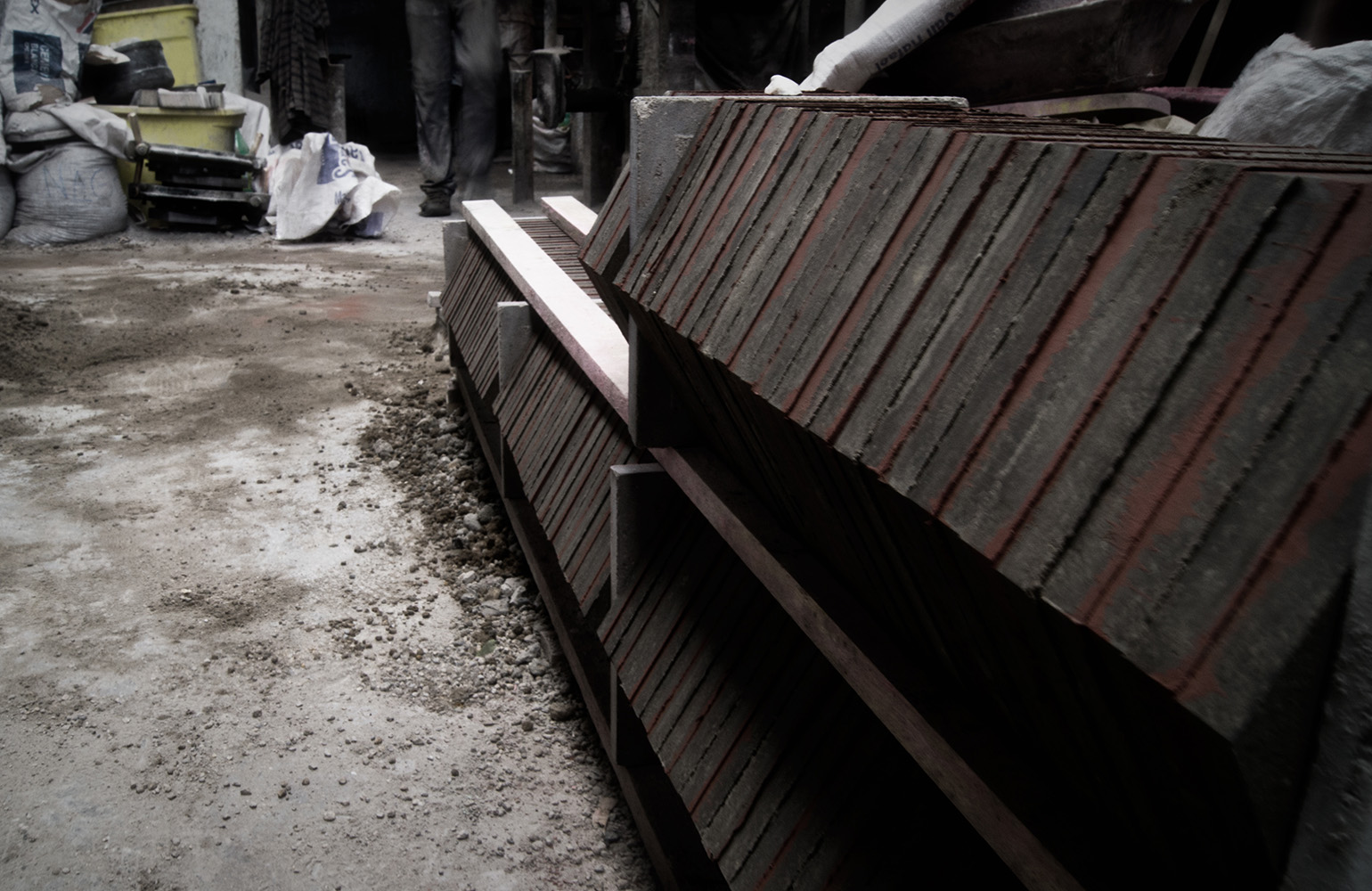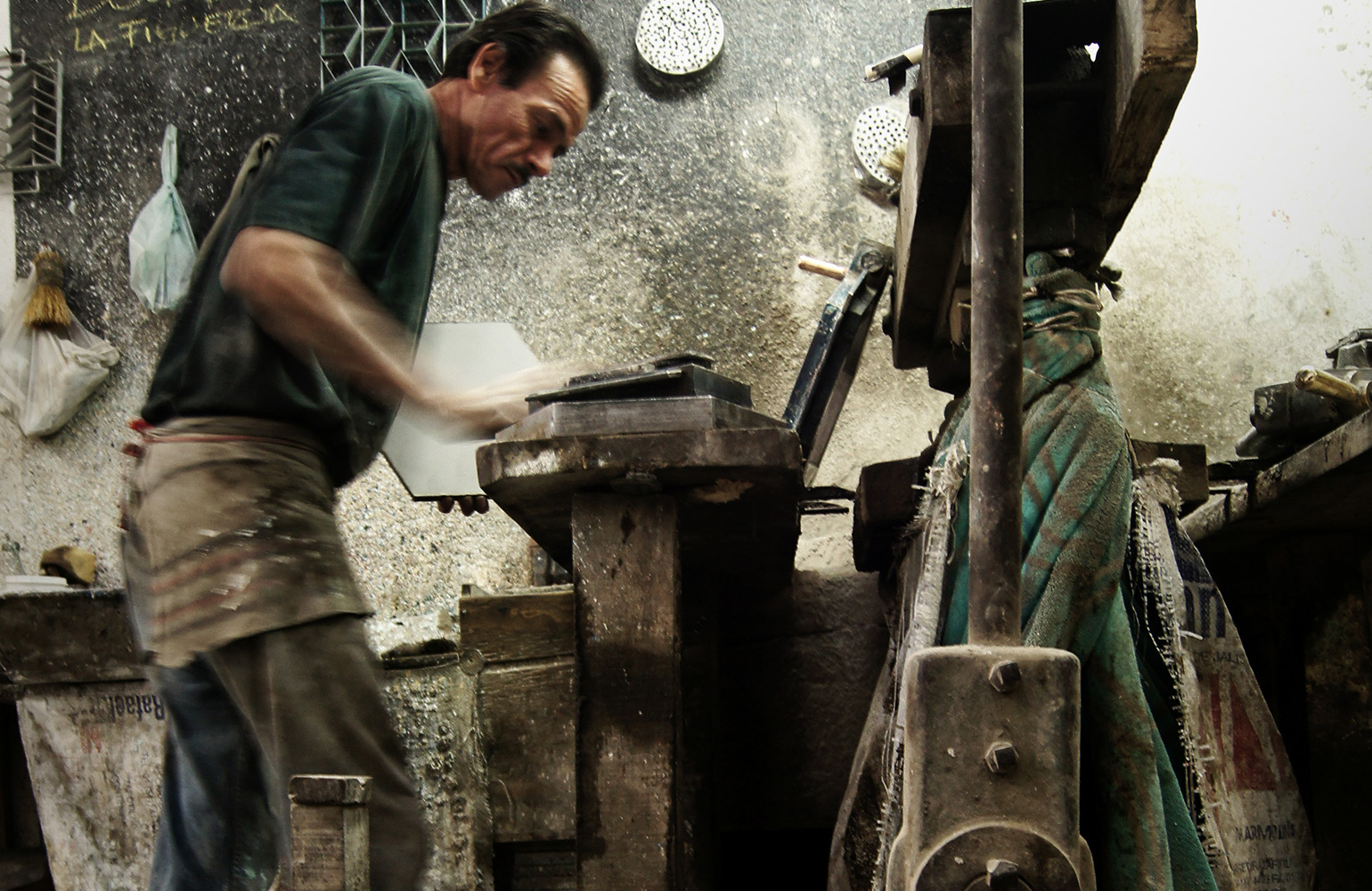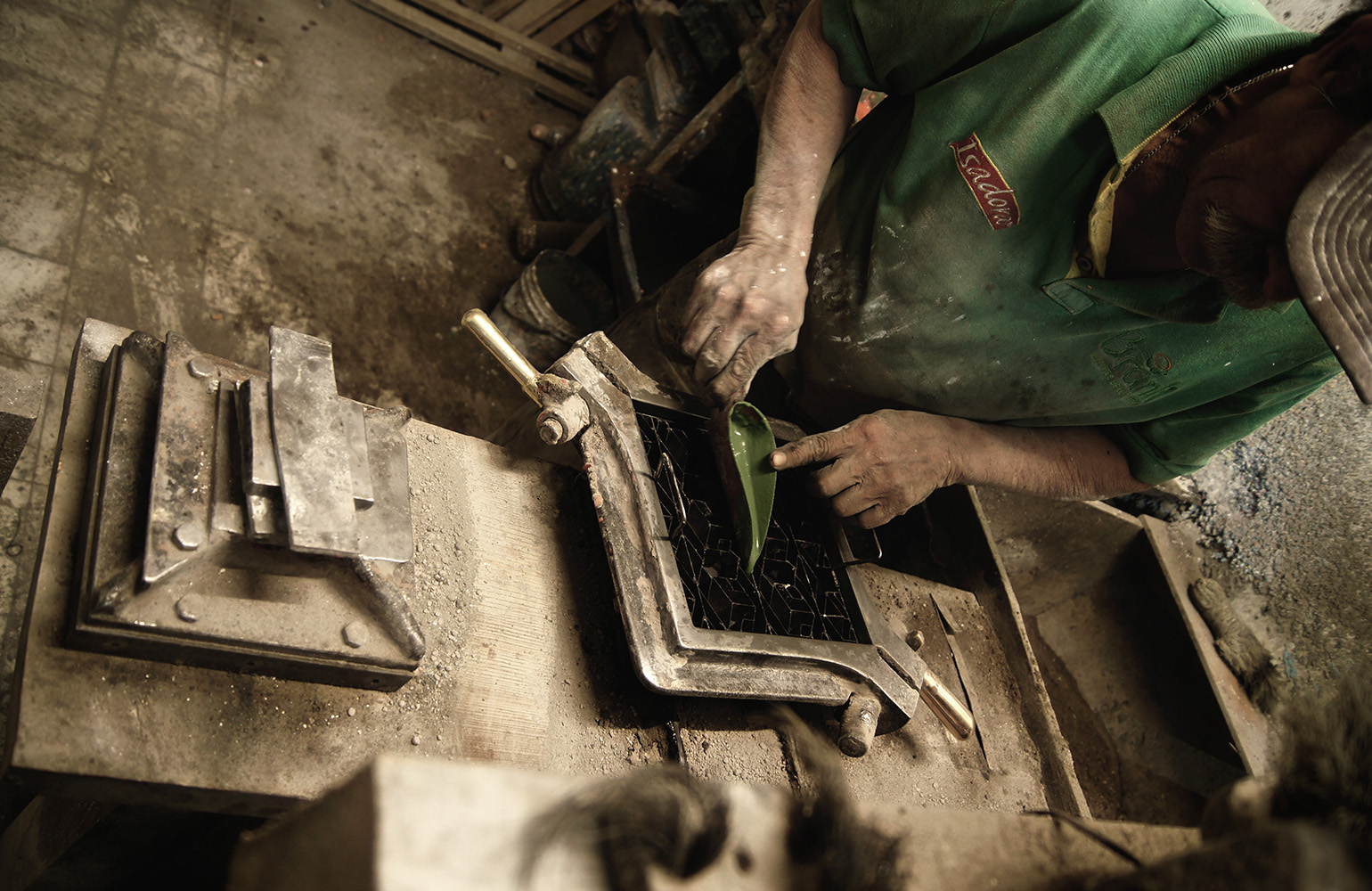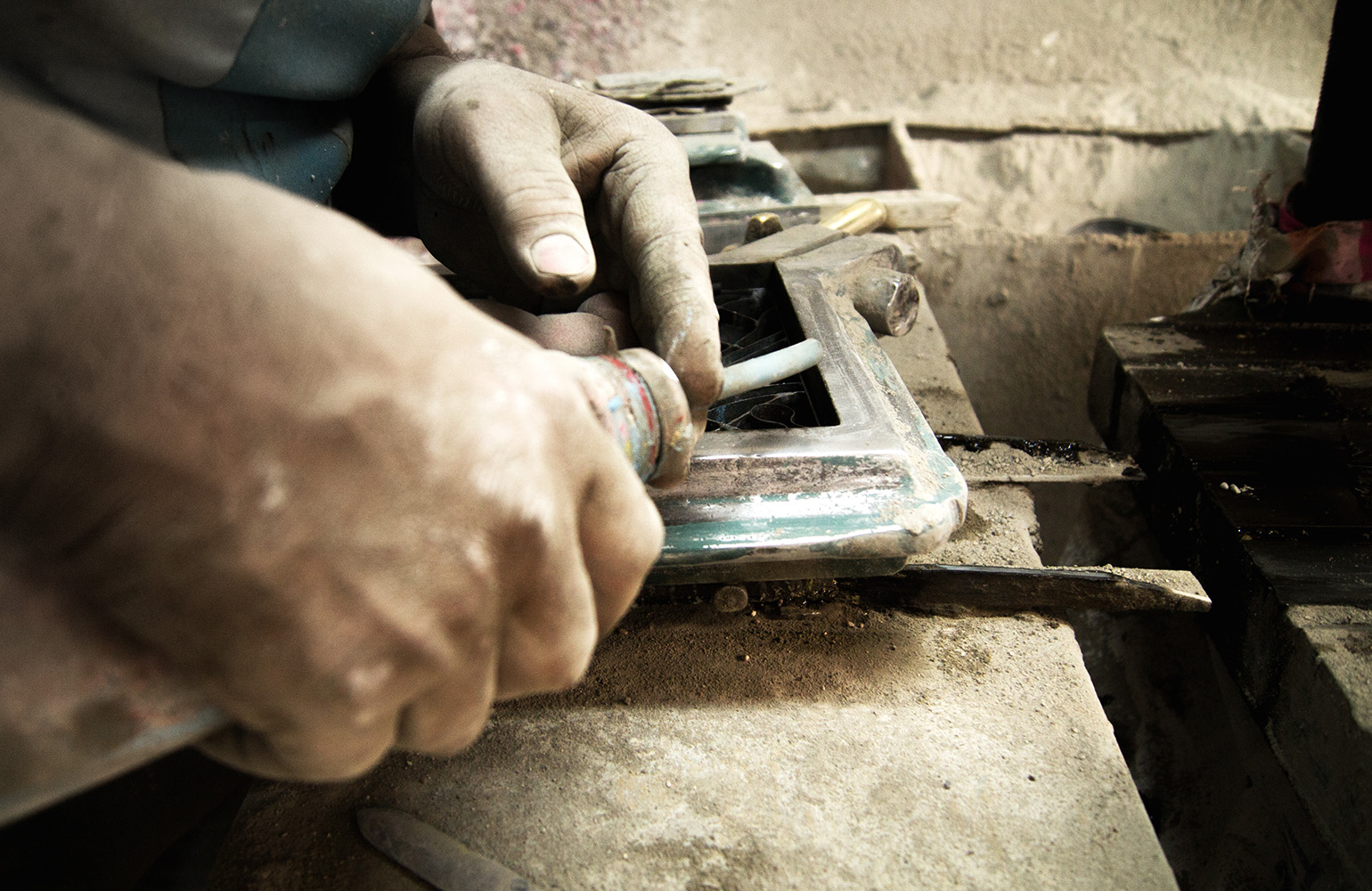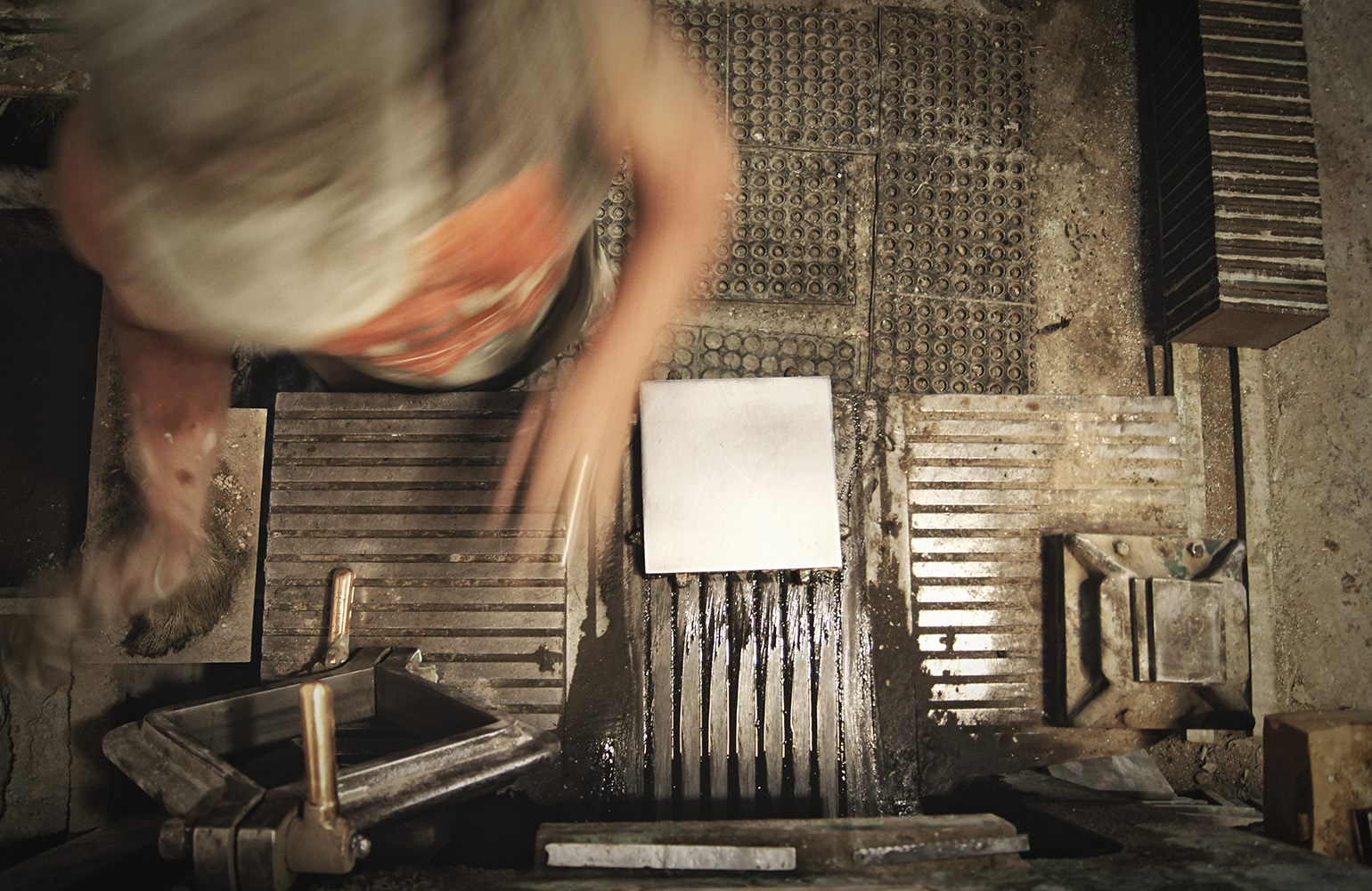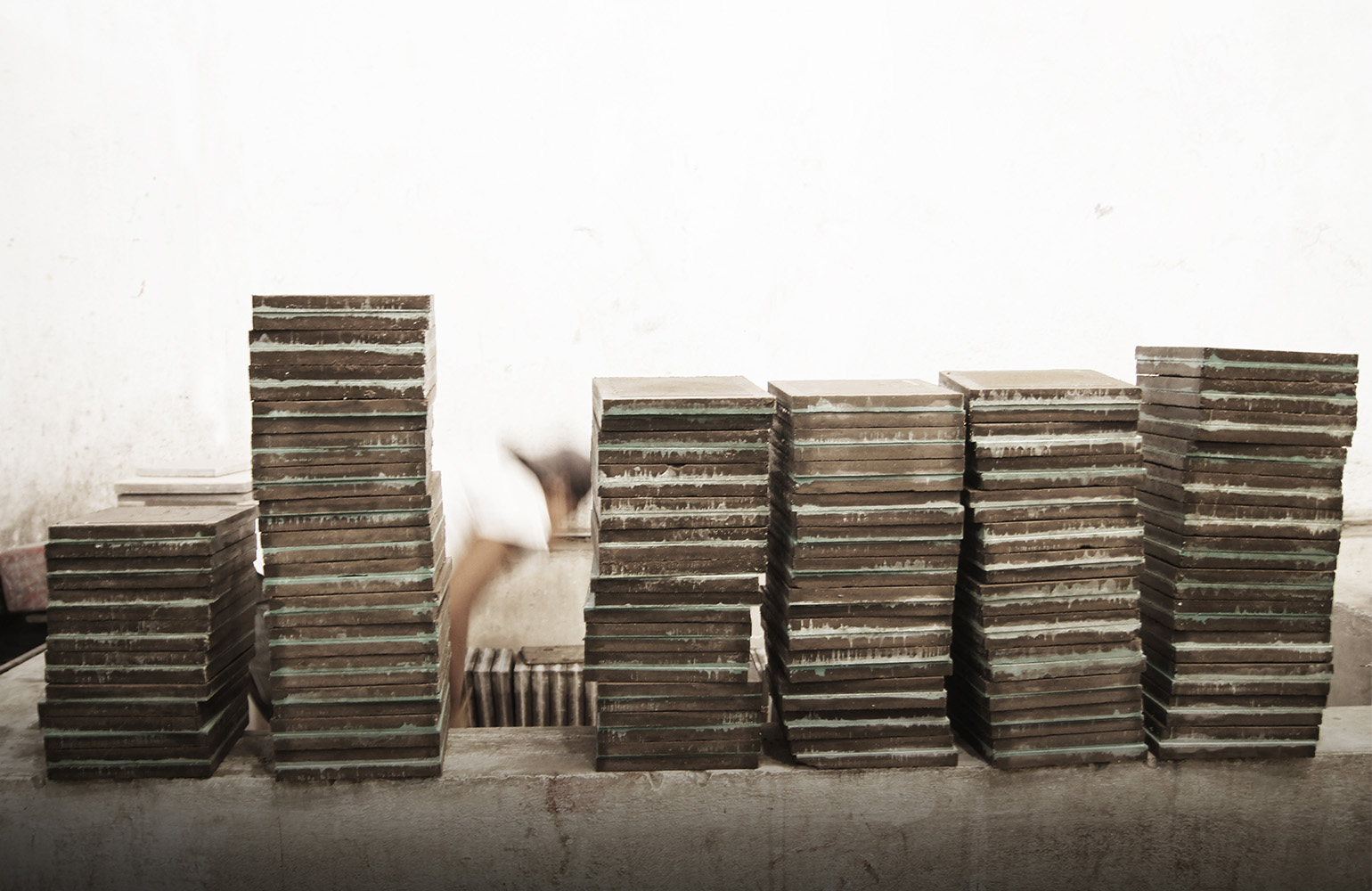
Description
The hydraulic mosaic is a hard material that recovers traditional manufacture by using cement, marble dust, sand, and mineral and natural pigments. Combined, all these materials create an original piece, different from any other.
Since the used pigments are natural and of mineral origin, mosaics can experience a variation in tone.
In outdoors, mosaics can undergo certain discoloration and cracking due to UV rays exposure and extreme temperatures. This becomes more noticeable in violet, blue and green colors.
It is important to take into account that when installed outdoors, mosaics will not take color or shine the same way they do in interiors.
Part of the charm of these tiles is that they are not “perfect”, that is also why they are considered handicraft materials.
Maintenance
Once they are installed and dry, mosaics should be polished to obtain their natural color. One of the great qualities of these tiles is that they get better with age, wear and cleaning.
Mosaics should be cleaned regularly with water and mild soap. Never use any type of acid, except oxalic acid for polishing.
Use 600 grit sandpaper to clean superficial stains.
Never use petroleum or diesel to shine, this will cause a change in color.
When it rains, outdoor tiles should be cleaned and dry immediately to prevent stains. Due to its natural materials, mosaics can get spots when small water settlements are exposed to the sun.
Installation
It is crucial that the surface is leveled, clean and perfectly dry before installation.
On cement slab
When installed over a cement slab, this one must be well cured, if not, apply waterproofing before placing the mosaic to prevent white stains caused by moist.
On new concrete slab
When installed over concrete slab, it is recommended to use high quality floor glue. The division between each piece should be of 1mm to 2mm. Every piece must be leveled. To achieve this, place strings and use a Hand Level.
On existing floor
Any type of floor must be properly prepared. With an emery, the existing floor must be scratched to obtain a rough surface where the new tiles can be attached. To obtain an excellent adherence prepare a sealer, like DURACRIL, dissolved with water (60% sealer, 40% water) Apply the mix with the floor glue over the scratched surface and the proceed with the aforementioned process.
It is very important that the installer uses hand pressure to place the hydraulic tile, as any type of hammer could provoke cracks.
Grout
Before grouting the gaps between the tiles, mosaics should be allowed to settle for 24 hours after being installed.
Grouting only requires white or gray cement dissolved in water. The mix must have the proper thickness.
Before grouting, moist the tiles so that they can absorbe the water before the cement. After the mixture is poured, a puller must be used to fill the joints. These should be completely filled. The entire surface must be thoroughly cleaned.
It is recommended to work on small sections at a time to prevent dryness and to make it easier to clean. If any stain appears it could be cleaned with a 600 grit sandpaper and water.
